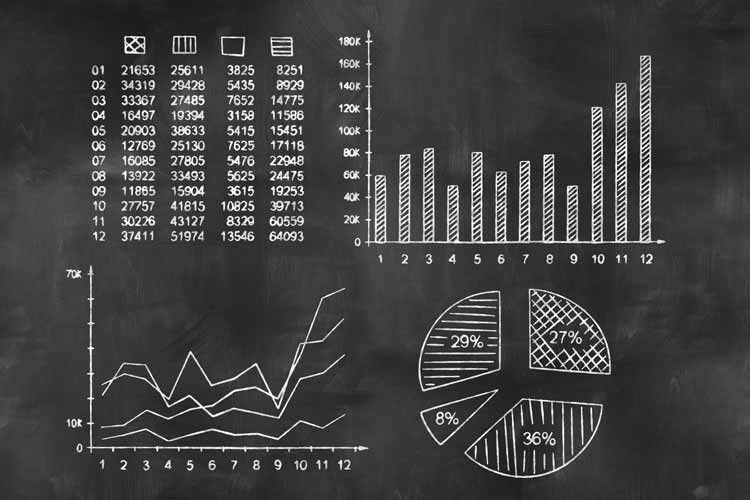
The SPX tends to underperform after notable drops in the put/call volume ratio
As one might conclude by the CBOE Volatility Index (VIX) -- also known as the stock market's "fear gauge" -- at
historic lows, the collective sentiment on Wall Street is far from fearful. While it doesn't seem we've hit the "euphoria" stage of the sentiment cycle that coincides with market tops, additional evidence of escalating optimism can be found in recent options trading trends, with one signal sounding for the first time in 2017. Below, we'll discuss how the
S&P 500 Index (SPX) has reacted after previous signals.
Specifically, the all-exchange equity-only put/call volume ratio fell to 0.67 on Wednesday, marking the third straight reading below 0.80 -- something we haven't seen since mid-December, according to Schaeffer's Quantitative Analyst Chris Prybal. Further, it was the lowest
daily reading since Dec. 15, 2016. "The giddiness of options traders is becoming apparent," he said, with the 10-day average of this ratio hitting 0.84, marking the lowest point since Feb. 22.

Since 2014, there have been 15 instances of the 10-day average falling beneath 0.85, and counting just one signal every 30 trading days. As you can see on the chart below, many of the signals occurred after the S&P was off a dip. The signal sounded in November 2015, for instance, when the broad-market index was a few months off the August 2015 drop. It flashed again in April 2016, a few months after the
worst January in years, and again July 2016, when the "Brexit" firestorm had receded.

However, going back to 2009, data indicates these signals have also preceded bouts of broad-market weakness. On average, the SPX has underperformed in the near term after these signals, of which there have been 30, averaging losses through the 20-day (four-week) mark. That's compared to modest anytime gains for the S&P during the same time frame, going back to 2009.
Further, while the SPX is higher, on average, beginning at the 25-day (five-week) mark after a signal, its gains are lighter than usual, looking out to 90 days (18 weeks). For instance, 40 days (eight weeks) and 60 days (12 weeks) after a signal, the SPX averaged gains that were roughly half its anytime gains. And at the 50-day (10-week) marker, the S&P was up just 0.9%, on average, following a signal -- only about one-third of its anytime 50-day return of 2.8%.
